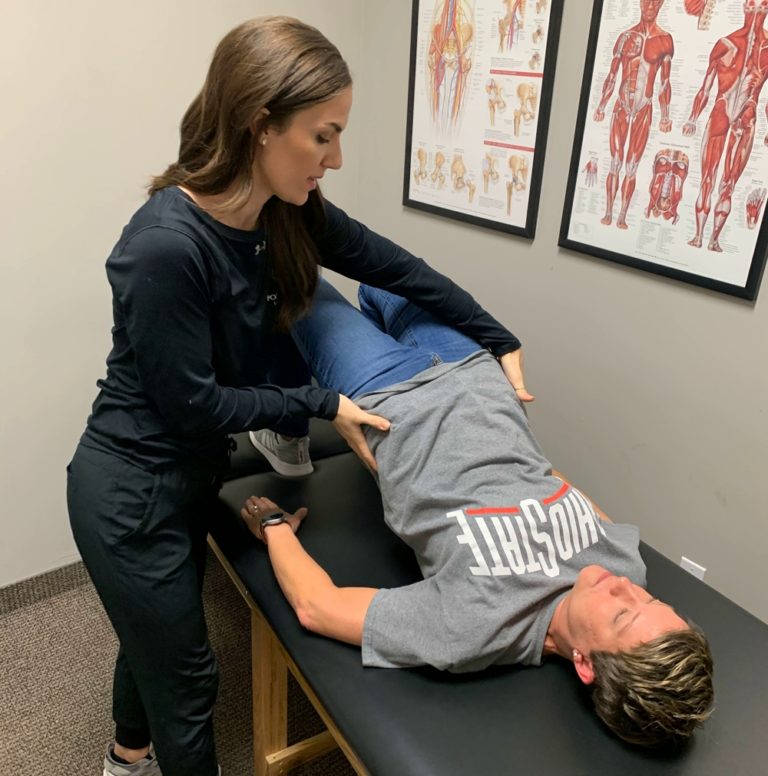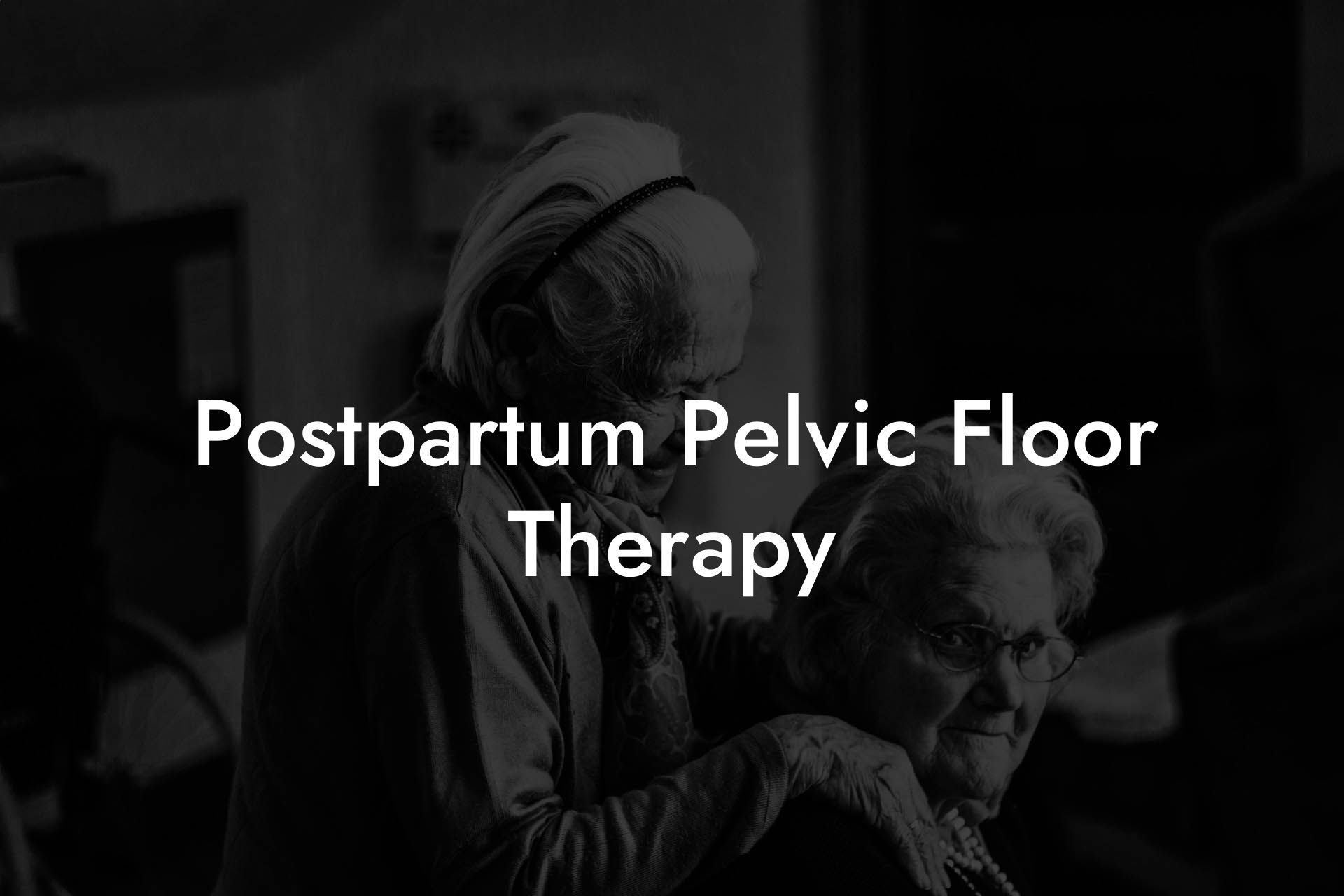
September 2, 2024
Recovering From Giving Birth: A Practical Guide From A Females Health And Wellness Ph

5 Best Pelvic Floor Workouts For Women After Giving Birth Your pelvic floor was tested by 9 months of maternity regardless of exactly how you supply, she discusses. And because the muscular tissues of your core and pelvic floor are linked, an abdominal incision can impact your pelvic floor. " Pelvic flooring workouts can make a huge difference in your C-section healing" says Dr. Daroski. Pelvic pain after giving birth is a frequent and usually distressing problem that needs to not be ignored. By engaging in methods designed to fix up the pelvic floor muscular tissues, ladies can dramatically enhance their postpartum recovery experience. The focused rehabilitation of pelvic muscles, including fixing problems like pelvic band pain and tailbone pain, is essential for making sure a return to typical feature.
- For genital distributions, you'll wish to clean your perineal area with water and carefully pat on your own dry after showering (and make sure to prevent soap).
- Keep reading to obtain an approximate postpartum healing timeline, remembering that your scenario is one-of-a-kind and your personal timeline might be a little (or a great deal!) various.
- Data were generally categorised (such as healed, enhanced, not enhanced) or reported as a mean with SD.
- You're continuings to recover, and at the exact same time you're adjusting to being a mother and all the additional work it entails.
- Emsella is an excellent therapy alternative for males and females that have actually been identified with a weak pelvic floor or that require to strengthen this area in order to resolve a pelvic health problem, such as urinary incontinence or sex-related dysfunction.
Qualities Of Research Studies
How much time does pelvic discomfort last after birth?

Just How Pivot Wellness Can Help You
Gradually reduced your body right into a bowing setting, guaranteeing your knees track over your toes. Keep your back directly, and don't allow your knees expand past your toes. Deep squats help reinforce the muscular tissues around the hips, thighs, and buttocks, promoting security in the pelvic location. Contrast 1 Pelvic floor muscle mass training (PFMT) versus no treatment, placebo or control, End result 27 Variety of women with sex life spoilt by urinary system incontinence. Comparison 1 Pelvic floor muscle training (PFMT) versus no therapy, sugar pill or control, End result 10 Urinary incontinence‐specific lifestyle procedures (Incontinence Effect Set of questions brief form). Five trials reported data just for those participants who reached outcome time points, however there was no proof of differential dropout from the groups (Bertotto 2017; Diokno 2010; Kim 2011a; Kim 2011b; Pereira 2011). 5 trials reported that participants were taught to do a VPFMC but did not state exactly how they were shown (Ferreira 2014; Kargar Jahromi 2013; Kim 2007; Kim 2011a; Kim 2011b). One test did not report correct VPFMC verification, yet specified that the pelvic floor muscle mass were evaluated by an evaluator prior to treatment (Beuttenmuller 2010). Another trial reported that individuals were advised by a smartphone app to determine the right VPFMC, but without face‐to‐face communication with health and wellness experts (Asklund. 2017).Postpartum Pelvic Floor Care
In addition, Morrison 1995 showed that Barrington's micturition centre excitatory loophole activates when bladder stress are between 5 and 25 mmHg, while the repressive loop is mostly energetic above 25 mmHg. Inhibition includes an automated (subconscious) boost in tone for both the pelvic flooring muscular tissue and the urethral striated muscle mass. After hindering the seriousness to void and the detrusor contraction, the female can reach the toilet in time to stay clear of pee leak. However, the number, duration, intensity and timing of the pelvic flooring muscle contraction called for to hinder a detrusor contraction is not understood. If a woman records spontaneous pee leak with physical exertion or a clinician observes urine leak at the same time as the physical effort, this is called SUI.Social Links